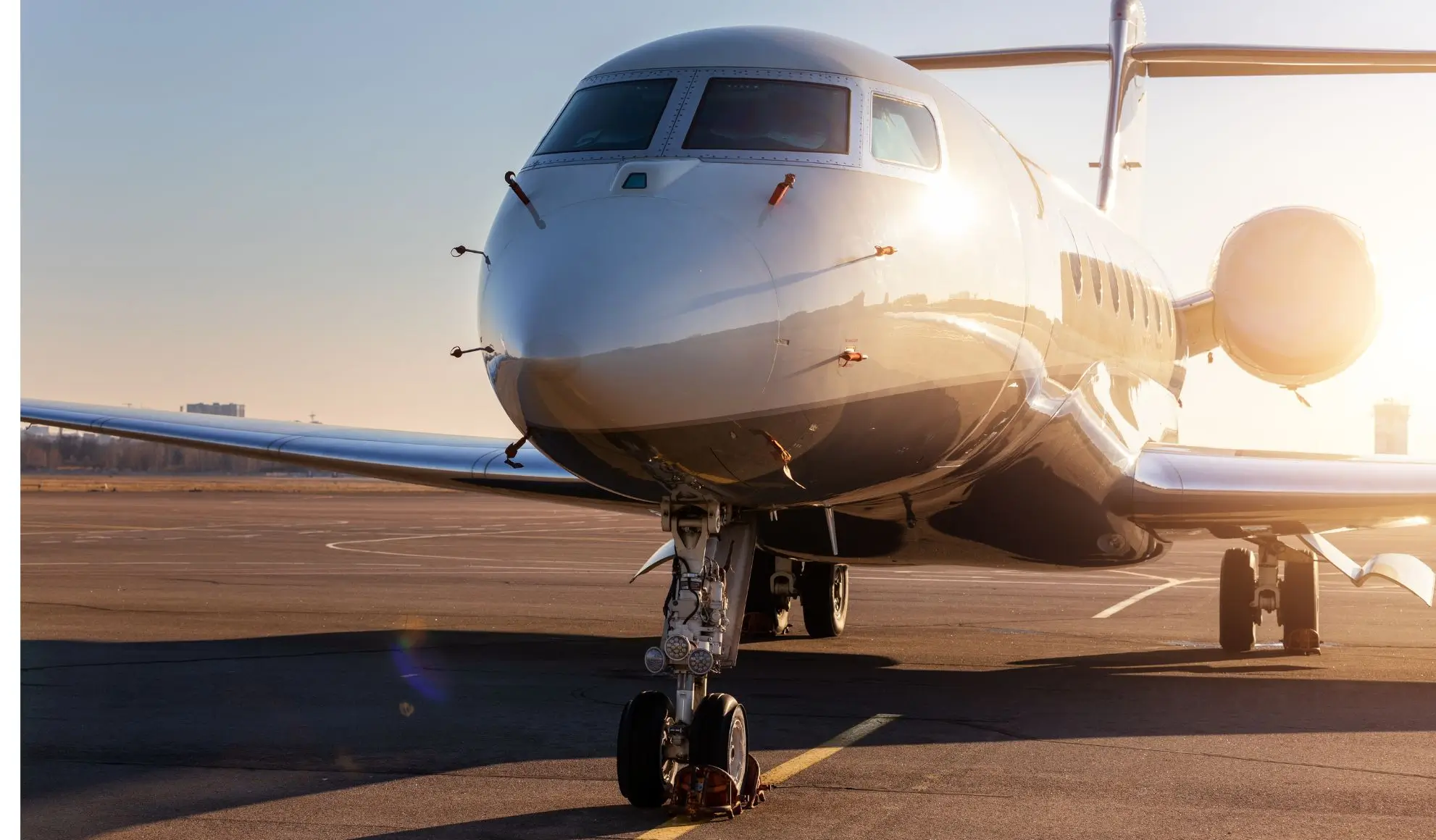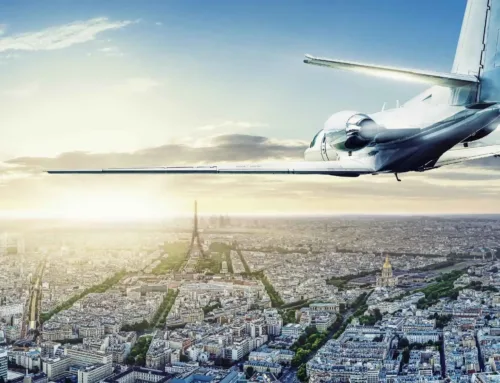The aviation industry is undergoing a rapid and profound transformation. Driving this shift are increasingly advanced technologies designed to make flying more efficient, safer, sustainable, and connected. Innovation is reshaping every facet of the sector from automation to predictive data management, from hybrid engines to artificial intelligence.
This evolution affects commercial, private and executive aviation, long pioneers in adopting cutting-edge solutions. Today, flying means stepping into an experience where technology and personalisation merge, redefining comfort, performance, and sustainability within the framework of professional air chartering.
In this ever-evolving landscape, understanding how technological innovation transforms air travel means gaining a forward-looking perspective on what is fast becoming the new industry standard.
The technological innovations redefining the air travel experience
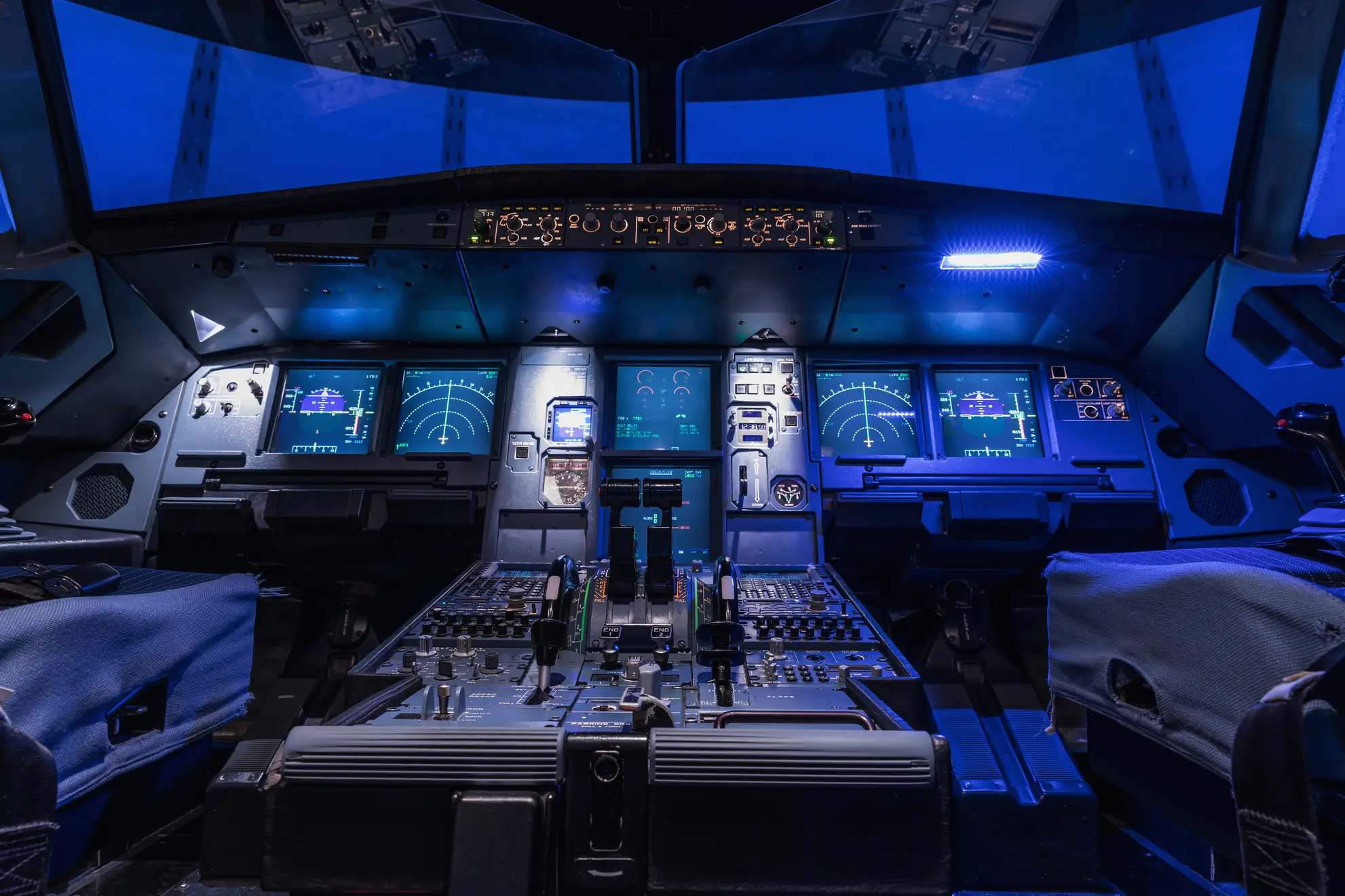
In recent years, the aviation sector has fast-tracked its adoption of new technologies in response to three increasingly pressing priorities:
- Operational efficiency;
- Environmental sustainability;
- Passenger-centric design.
Innovation goes beyond aircraft design; it affects all stages of travel, from route planning to data management to onboard comfort.
As global demand for air transport keeps rising, infrastructure strain becomes more visible, prompting the need for a tech-led transformation. The executive and charter segments have been early adopters of these innovations, setting trends that later become widespread.
Let’s explore the main development directions. For those evaluating the use of new technologies in private charter flights, it’s equally important to understand the operational cost drivers behind them, explored in our article How much does a charter flight cost?
Hybrid and electric engines: a new course for sustainability
The aviation sector invests heavily in alternative propulsion to meet the “net zero emissions by 2050” target. Hybrid and fully electric engines are already in advanced testing phases and promise a significant reduction in CO₂ emissions and noise pollution.
The first commercial electric aircraft for short-haul routes is foreseen to enter service by 2030.
Artificial intelligence and predictive data for smarter flights
Data-driven aviation is already a reality. AI algorithms are in service to optimize flight paths, accurately forecast weather conditions, and improve air traffic management. AI also powers predictive maintenance systems that reduce downtime and enhance safety. In private aviation, these tools support dynamic, bespoke flight planning.
Electric air taxis and vertical take-off: urban mobility takes flight
Urban air mobility is taking shape through eVTOL (Electric Vertical Take-Off and Landing) aircraft. These small electric vehicles are designed for short, fast, and low-impact urban transfers.
Pilot tests are underway in several European and U.S. cities to transform airport-city links into a seamless experience that bypasses urban congestion.
Smart cabins and tailored in-flight experiences
The onboard experience is evolving. Next-generation private jet cabins feature lighting, climate control, and entertainment by smart systems, all tailored to the passenger’s preferences.
Materials are becoming lighter and more sustainable, while design is moving toward minimalist, functional comfort. Technology is no longer a luxury: it’s a defining element of the private aviation experience.
Aviation safety and innovation: technology’s strategic role
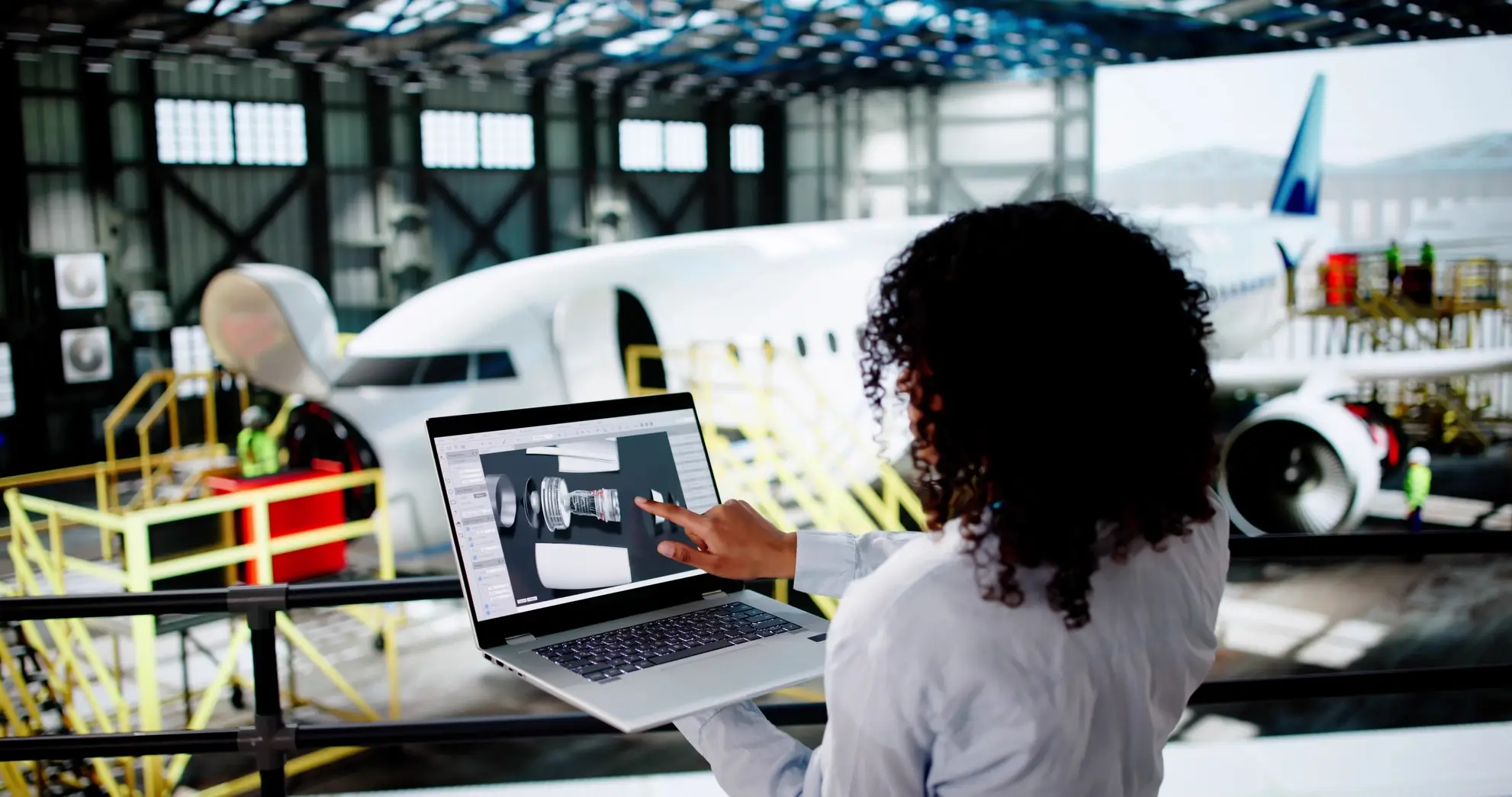
Safety has always been a cornerstone of aviation. In recent years, technological progress has enabled major strides in risk prevention, process optimization, and the protection of passengers, crews, and infrastructure.
These technologies don’t just boost efficiency, they’re reshaping how flights are managed and experienced, enhancing every phase through predictive, automated, and interconnected systems.
Advanced air traffic management systems
One of the most significant innovations for enhancing flight safety and efficiency is the development of advanced air traffic management (ATM) systems. In the United States, the NextGen (Next Generation Air Transportation System) program has implemented a new approach that utilizes satellite technology, digitizes routes, and incorporates automation. This advancement leads to improved navigation precision and a substantial reduction in collision risks.
Europe is following a similar path with SESAR (Single European Sky ATM Research), the technological pillar of the Single European Sky initiative promoted by the EU. Its goal is to harmonize and modernize Europe’s still-fragmented ATM landscape.
SESAR is currently in an advanced implementation stage with pilot projects underway in several countries. Its final target is a fully digitalized, interconnected, and automated Digital European Sky by 2040.
Biometric technologies and airport security
On the ground, technology is also redefining security standards. The increasing use of biometric systems, such as facial recognition and digital ID, makes control procedures faster, safer, and less invasive. These systems improve passenger identification accuracy, reduce wait times, and streamline airport flows, boosting operational efficiency and user satisfaction.
Facial recognition systems for passport and boarding pass checks are automated tasks previously handled manually, which frees up staff for more critical roles and enhances the overall passenger experience.
Data sharing and a new safety culture
Another essential component is the sharing of data among operators. Collecting information on critical events, anomalies, and near-misses enables airlines, regulators, and airports, systematically manage risks proactively and take timely corrective actions.
The data-driven approach promotes a more developed safety culture, where every operational decision is supported by dependable insights and a cohesive ecosystem.
A future-minded approach, grounded in the present
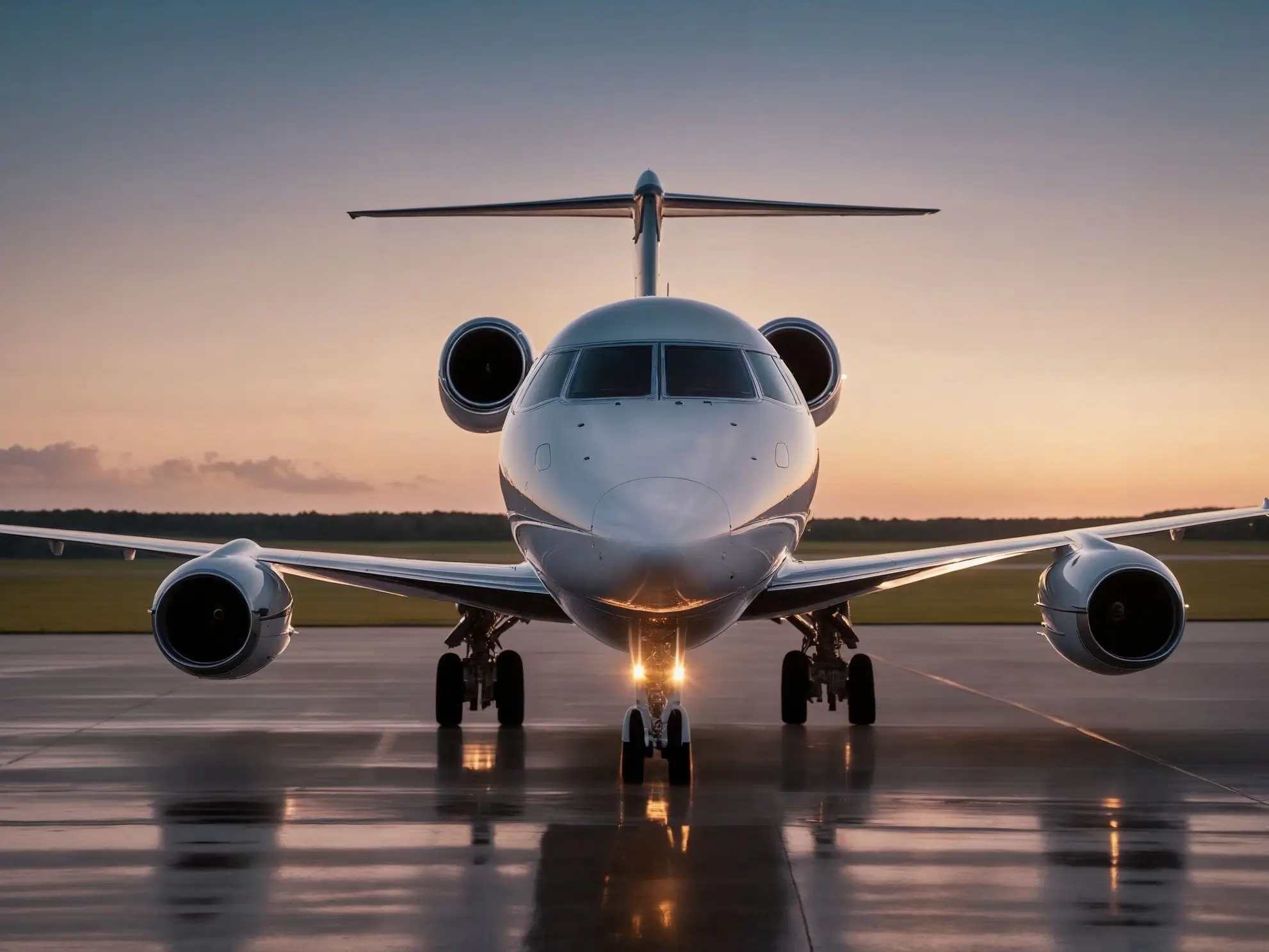
Innovation in aviation is no longer a future scenario: it’s a concrete process already in motion. New standards are being set, models are being rewritten, and professionals across the sector are asking new questions. Staying up to date is not just a competitive advantage: it’s a sign of genuine care for the travel experience, even before take-off.
In private aviation, foresight is everything. Monitoring technological developments, understanding their impact, and assessing operational implications is not just reactive; it’s proactive.
In today’s airspace, every decision matters, and even more so tomorrow. Every well-informed choice stems from a mindset that stays sharp, curious, and alert, just like the professionals who choose to partner with competence (learn more here: How to choose a reliable air charter broker for business).
Staying up to date is the first step toward making the right choice. Those who work in aviation know this well: the balance between precision, flexibility, and innovation doesn’t happen by chance.
Flying well starts on the ground, with those who choose to stay informed.
Discover the Flyness world.

